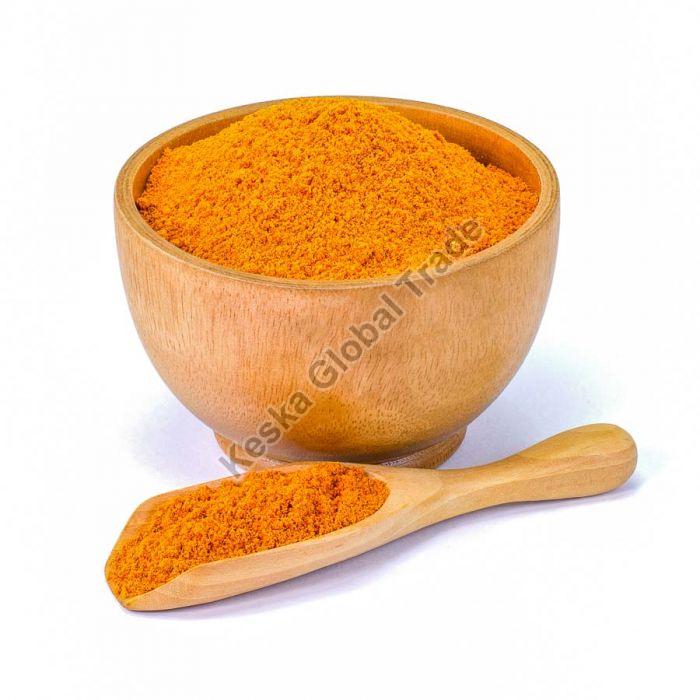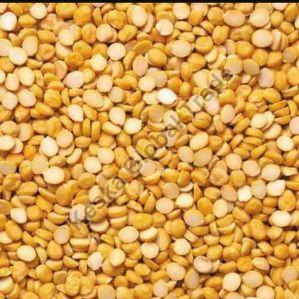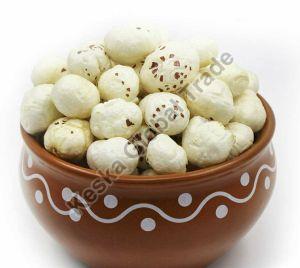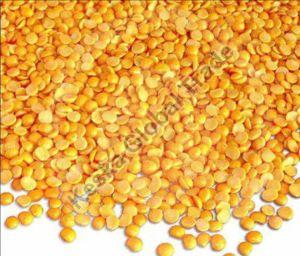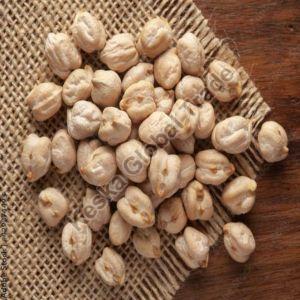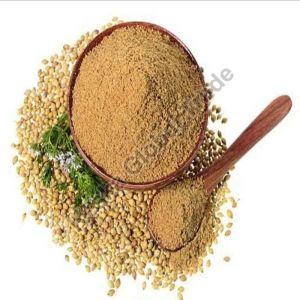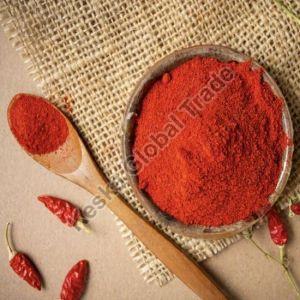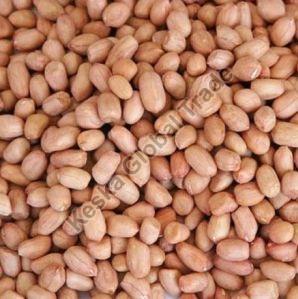Navlakha, Indore, Madhya Pradesh
- GST NO. : 23ACBPN8258L1ZA
| Business Type | Exporter, Supplier, Retailer |
| Usage | Cooking |
| Processing Type | Raw |
| Color | Yellow |
| Click to view more | |
Preferred Buyer From
| Location | Worldwide |
Product Details
Form
Powder
Application
Cooking
Certification
FSSAI Certified
Packaging Size
10Kg,15Kg,25Kg
Shelf Life
1 Year
Country of Origin
India
Curcumin
Above2%
Turmeric (“Queen Of Spices”) Plant Of The Ginger Family. Turmeric Is Widely Grown Both As A Kitchen Spice And For Its Medicinal Uses. Turmeric Has Been Used In East India And The Middle East For Thousands Of Years, And Is Now One Of The Most Used Spices In The World. It Is Domesticated Plant Rather Than Wild, India Remains One Of The Most Prominent Producers Of Turmeric.
Common Uses :
- Curries and Stews : Turmeric is a staple ingredient in many curry and stew recipes, especially in Indian and Southeast Asian cuisines. It adds a warm, earthy flavor and vibrant yellow color to dishes.
- Rice Dishes : Turmeric can be added to rice dishes, such as pilafs and biryanis, to impart color and flavor. It can also be used to make golden rice by cooking rice with turmeric and other spices.
- Soups and Broths : Turmeric adds depth of flavor and color to soups and broths. It pairs well with ingredients like ginger, garlic, and coconut milk in recipes such as turmeric lentil soup or golden vegetable broth.
- Smoothies and Juices : Turmeric can be added to smoothies and juices for its anti-inflammatory properties and vibrant color. It combines well with ingredients like ginger, pineapple, and citrus fruits.
Benefits :
- Powerful Anti-Inflammatory Properties : Curcumin, the main active ingredient in turmeric, has potent anti-inflammatory properties. It helps to reduce inflammation in the body, which can alleviate symptoms of inflammatory conditions such as arthritis, inflammatory bowel disease, and asthma.
- Antioxidant Activity : Turmeric is rich in antioxidants, which help to neutralize harmful free radicals in the body and protect cells from damage caused by oxidative stress. Antioxidants are imporTont for overall health and may help reduce the risk of chronic diseases like heart disease, cancer, and neurodegenerative disorders.
- Potential Cancer Prevention: Some studies suggest that curcumin may help prevent the growth and spread of cancer cells, and even induce apoptosis (cell death) in cancer cells. It may also help reduce the risk of certain types of cancer, including breast, colon, prostate, and lung cancer.
Looking for "turmeric powder" ?
Ton
Explore More Products


